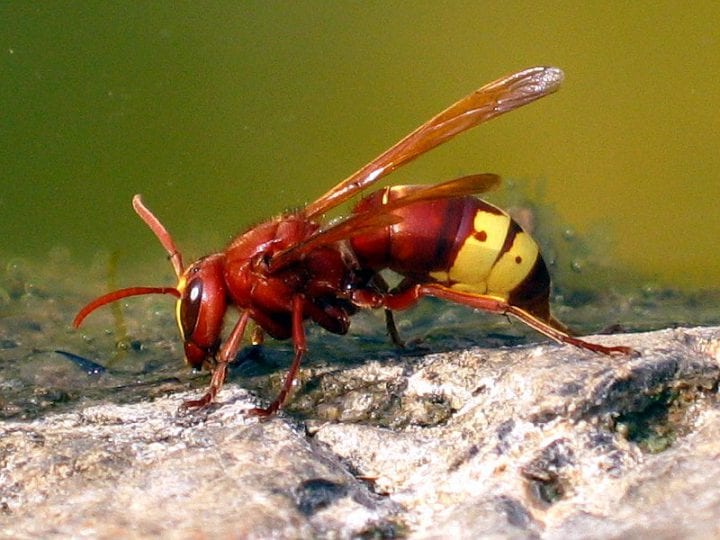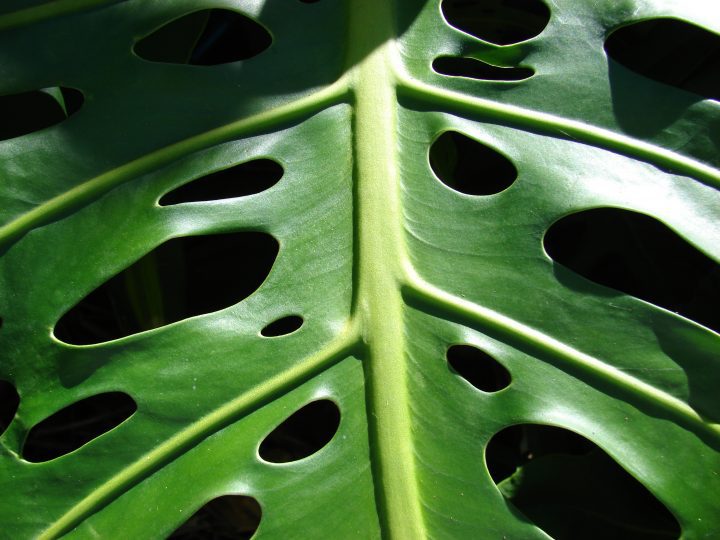Clear structures focus and direct light to help the window plant harvest energy from the sun without overheating or drying out.
Introduction
From towering trees to minute microalgae, plants provide virtually all living things with the food they need by capturing energy from sunlight and transforming it into sugars and other nourishing molecules.
Plants that grow in wet places can use water to stay cool as they soak up the sun’s rays. Plants that grow in hot, dry places, though, face a dilemma. How can they harvest the solar energy they need without also overheating and drying out?
The window plant (Fenestraria aurantiaca), which grows in the Namib Desert in southern Africa, has an intriguing solution. It buries almost all of its 1.5-inch (4 cm) stem beneath the surface of the sand. Then it uses the top part sticking out as a lens to direct light inside, where cells capable of photosynthesizing can capture the sun’s energy without frying.
The Strategy
The tip of a window plant’s stem is clear, allowing sunlight to pass through it into the stem below. And like the lens of your eye, the clear part is somewhat selective about what kind of light gets through. Its waxy surface filters out the highest-energy light, allowing only about 10 percent of the total light into the plant, preventing the insides from overheating.
The lens-like tip is also rounded on top. The curved shape directs the light that hits its surface inward, toward the center of the stem. It also keeps sand from piling up and obstructing the window.
Beneath this lens-like structure are clear cells filled with water. As light hits the water, it changes direction slightly, being sent every which way—including toward cells lining the inside walls of the stem. There, those cells use to turn the light into energy the plant can use.
The Potential
The window plant’s strategy for vertically transmitting light is used to some extent to bring light into buildings through tubes running from the roof to the occupied space. This technology could be dramatically enhanced by taking the window plant’s next step of using water or another substance that bends light to direct beams in the direction they’re needed most.
It also can provide inspiration for designing solar photovoltaic installations that are less susceptible to overheating and better able to focus light on electricity-generating structures. It might even be used to design handheld electronics that are easier to view in direct sunlight by channeling the light into features that can illuminate the device, countering the glare.










